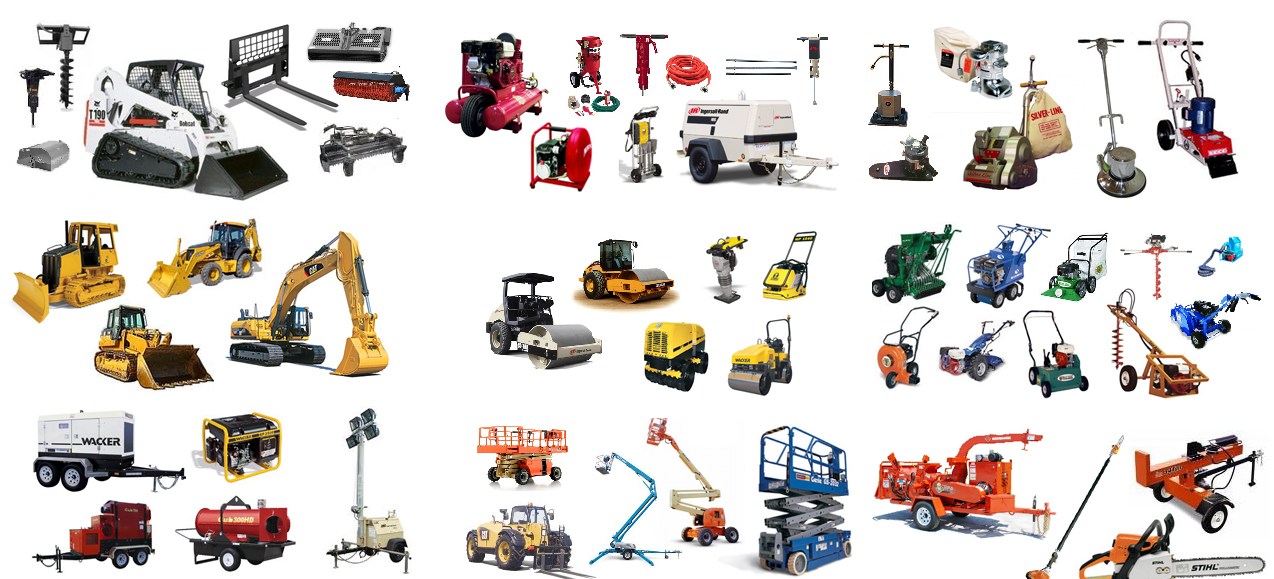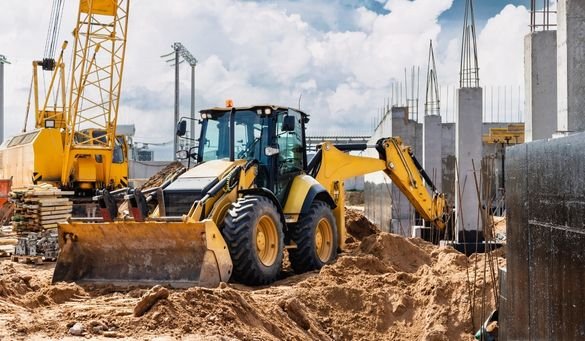Aerial Lift Rental: Versatile Training Solutions for High-Access Jobs
Aerial Lift Rental: Versatile Training Solutions for High-Access Jobs
Blog Article
Optimize Your Spending Plan by Comprehending the Expenses Connected With Construction Tools Leasings
Recognizing the full scope of prices connected with construction devices services is essential for maximizing your spending plan. What techniques can be used to effectively handle these expenses and make certain an extra efficient rental experience?
Summary of Rental Prices
When thinking about construction devices services, understanding the linked costs is extremely important for effective budgeting and project preparation. Rental costs can differ significantly based upon several variables, including tools type, duration of service, and location. The initial rental cost typically mirrors the equipment's market demand and its linked operational capabilities, influencing the total expense.
Along with the base rental price, ancillary prices may develop, such as transport fees, fuel additional charges, and maintenance costs. It is important to represent these added expenditures to accurately analyze the total expense of leasing tools. Furthermore, the rental period can influence pricing; longer rentals may get approved for reduced prices, while temporary leasings might sustain greater day-to-day fees.

Break Down of Rental Rates
A comprehensive understanding of rental rates is essential for service providers and job managers intending to maximize their budget plans. Rental rates for building and construction tools normally are composed of several components, consisting of base rates, time-based charges, and usage costs.
Base prices are the core charges related to the service of the devices, usually figured out by the type and size of the equipment. These rates can differ substantially, affected by aspects such as equipment need, accessibility, and local market patterns. Time-based charges, which might be daily, weekly, or monthly, serve to accommodate various project timelines and rental periods.
Furthermore, rental rates might include use charges, which apply when tools is utilized beyond a specified threshold, making sure that the rental company can account for deterioration. Seasonal demand changes can also impact rental prices, with peak building periods usually commanding higher rates.
Furthermore, recognizing the rental company's plans regarding maintenance and insurance policy can offer more insight into the total cost structure. By assessing these components, specialists can make informed decisions, making sure the option of rental equipment lines up with both task requirements and budget plan restrictions.
Added Costs to Take Into Consideration
Understanding the complexities of additional fees is important for service providers to manage their general leasing costs efficiently. Beyond the common rental prices, different supplemental charges can significantly impact the total price of tools service. These charges commonly include shipment and pickup charges, which can differ based upon distance and logistics involved in transferring the equipment to and from the work website.
Additionally, some rental business may impose gas surcharges if the equipment is returned with much less gas than when leased. It is also necessary to be aware of possible cleaning fees, specifically for customized devices that requires thorough upkeep after use.

Thoroughly assessing the rental contract and clarifying these added fees ahead of time can assist contractors stay clear of unforeseen prices and make sure that budgets continue to be intact throughout the task lifecycle.
Repair And Maintenance Expenses
Normal maintenance and repair service expenses are usually ignored factors that can dramatically influence the general description cost of building and construction devices services. When leasing equipment, it is crucial to think about not only the rental charges yet also the prospective prices related to keeping the equipment in optimum operating condition.
Numerous rental firms consist of basic maintenance as component of the rental arrangement; however, a lot more comprehensive repair services or unexpected malfunctions can result in added expenditures. It's important to examine the rental agreement very carefully to recognize what upkeep services are covered and what duties drop on the occupant.
Furthermore, equipment that is not well-maintained can cause inadequacies on the work website, possibly creating hold-ups and raising task costs. To mitigate these dangers, it is advisable to carry out normal assessments and maintain open interaction with the rental provider regarding any concerns that emerge throughout usage.
Insurance Coverage and Obligation Costs
Insurance and responsibility prices are important elements that can considerably impact the total cost of building equipment services (dozer rental). These costs make certain that both the rental business and the client are shielded from prospective financial losses developing from mishaps, damages, or theft throughout the rental duration

In addition, clients need to be aware of any kind of deductibles or exclusions in the insurance plan, as these can affect prospective out-of-pocket expenditures. Understanding the terms of any kind of insurance protection is essential to avoid unforeseen prices. Ultimately, budgeting for insurance coverage and responsibility expenses can assist make certain a smoother rental experience and protect against economic threats connected with building tasks.
Verdict
In conclusion, a comprehensive understanding of the costs linked with building and construction devices leasings is necessary for reliable spending plan administration. Ultimately, educated decision-making pertaining to devices services adds to the general success of building endeavors.
Rental prices can vary significantly based on numerous variables, consisting of equipment kind, duration of rental, and area (scissor lift rental). The rental period can affect pricing; longer leasings may certify for discounted prices, while short-term rentals could incur greater daily costs
By conducting thorough study and engaging with reliable my link rental firms, professionals can properly navigate the intricacies of rental pricing, eventually maximizing their monetary sources.
Past the conventional rental prices, numerous supplemental costs can considerably affect the total expense of tools rental. Rental firms frequently supply liability insurance coverage that covers injuries to 3rd parties or damage to building, while tools damage insurance coverage can cover the price of repairs or replacement if the leased equipment is damaged.
Report this page